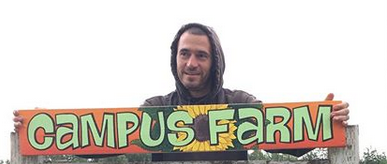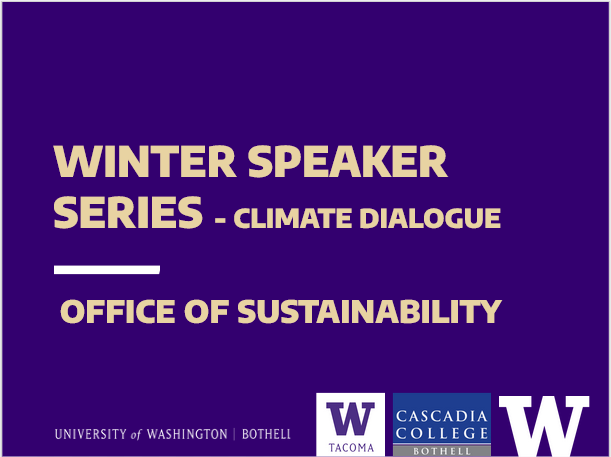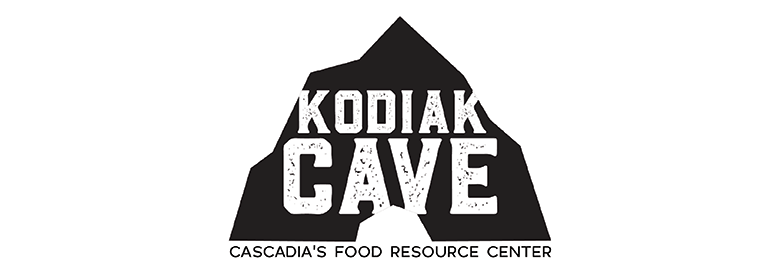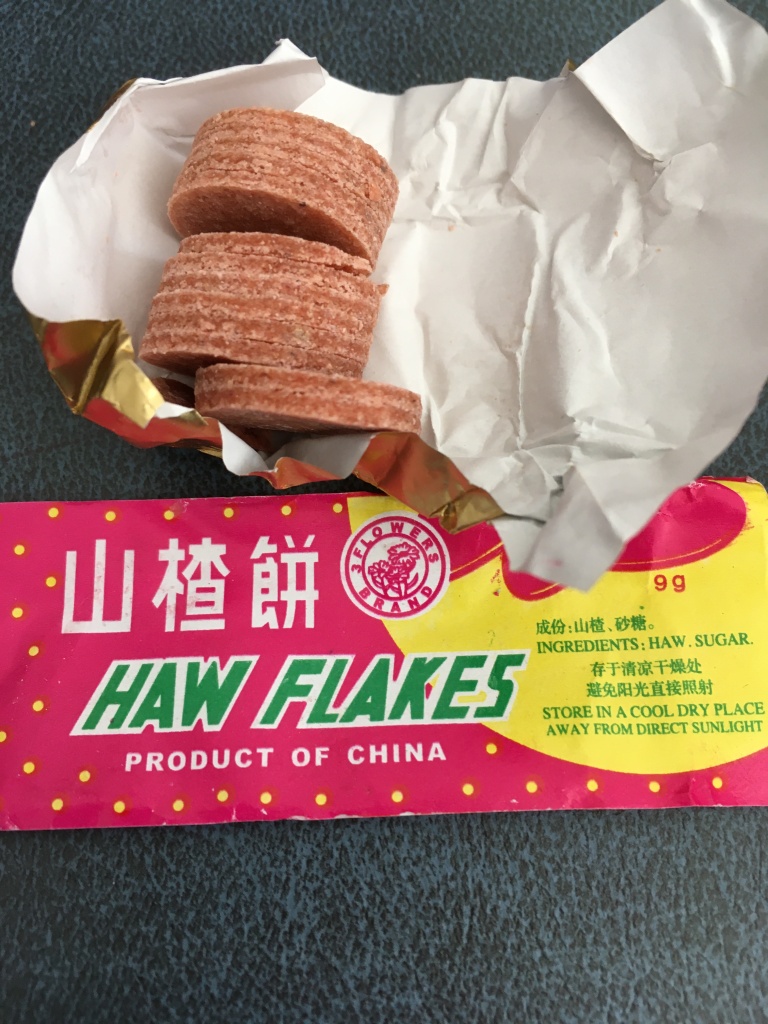written by BASSP senior Naomi S.
Did you know that agriculture is responsible for over 10% of total carbon emissions in the U.S.? Growing food in modern agricultural systems uses pesticides, herbicides, harsh soil tilling, massive quantities of water, and a lot of the food we eat is transported from far away which leads to a lot of fuel use.
Additionally, much of the food readily available to consumers around the globe is highly processed, lacking essential nutrients and full of empty calories that don’t satiate us the way whole food does (Sizer & Whitney, 2000).
As a college student and an emerging adult, it can be really hard to figure out how to feed yourself three times a day, every day. Busy schedules, limited budgets, and cramped living spaces and kitchens make it all too easy to rely on pre-made, processed food. But it doesn’t have to be that way! BASSP senior Naomi Short aims to change this through their capstone project. While environmental sustainability was frequently taken into consideration, this project focused primarily on the social-relational and intrapersonal aspects of food sustainability. Meaning, the goal of this project is to teach students how to create a sustainable relationship with food during college. The college years are the first
experience of self-reliance for many people, and knowledge in cooking, food preparation, nutrition, and food budgeting is not widely taught in high schools. In particular, this project utilized the concept of food sovereignty as defined by the Nyéléni in 2007 (Nyéléni, 2007).
The goal of this project was to create a series of A4 8-page zines and a series of blog posts for the Kodiak Cave (Cascadia’s on-campus food pantry) blog centered around food sustainability. Topics include how to eat during stressful times (such as during college); how to forage and use foraged plants, with a focus
on edible plants grown on the Cascadia/UWB campus; basic nutrition information; food waste prevention tips; and a series of original recipes. The blog posts are written in a format that can easily be converted into a short book for future publication.

The inclusion of handmade (and later photocopied) zines, as opposed to computer generated printed handouts, was intentional. Zines represent one of the most accessible forms of information sharing, and have historically been used by grassroots movements as an alternative to mainstream media. Zines are noted for a handmade, often collage-like aesthetic. A4 8-page zines (the type of zine created
for this project) are made from a single sheet of 8.5” x 11” printer paper. They are folded into a booklet format that makes them sturdier, and therefore more likely to be retained, than a traditional flyer or leaflet. Much of the literature consulted during this project was in the form of zines, both self-published and published through zine distributors.
This project is grounded in the concept of food sovereignty as defined by the Declaration of Nyéléni. Food sovereignty centers the needs of “those who produce, distribute, and consume food at the heart of food systems and policies rather than the demands of markets and corporations” (Nyéléni, 2007). As such,
the project also aimed to increase access to fresh, locally grown produce for students at Cascadia College. Although the creation of the Kodiak Cave in Fall 2018 has been successful in providing pantry staples and has helped to alleviate food insecurity on campus, they have often been unable to stock fresh produce.
There are a number of logistical problems with regularly stocking fresh produce, including, limited refrigerated storage space, and inconsistent demand. Fresh produce tends to have a short shelf life so it is not always possible to give out all the produce before it goes bad, leading to waste. Through the creation of a “Sustainability & Art Club”, funding was secured to buy produce from four small, organic farms no more than ten miles away from campus. Produce was given away at Spring Fest on May 21, 2024 along with the zines. The success of the produce giveaway at Spring Fest 2024 provides a blueprint for future “pop-up” produce giveaways, hosted by either Cascadia’s Office of Sustainability or the Kodiak Cave. The “pop-up” model is ideal for fresh produce because the pop-up is highly visible, and students do not need to complete any registration or schedule an appointment. Additionally, I suggest against setting
limits on the amount of produce that students may take, within reason. This decreases the likelihood that produce will go to waste and follows the food sovereignty framework by allowing students to select produce amounts according to their needs.
As the final deliverable for this project, I co-hosted an event with the Outdoor Wellness Leaders (OWLs) and colleague Morgan McShea. The event was a combination of forest bathing and foraging. We walked through campus, visiting several different locations to forage and enjoy edible plants. Under my guidance, we all ate fresh stinging nettles (nobody got stung!) to start off, as a mindfulness exercise. Then we tasted fresh pine needles, catnip, savory, mint, and lemon balm.
Finally, we made our way up to the Food Forest and ended our foraging session by eating some lovage! The feedback from the event was overwhelmingly positive, and to my surprise the favorite activity was eating fresh stinging nettles. The Bachelor of Applied Science in Sustainable Practices program hosts students who have completed an associate degree or higher, also helping professionals with
bachelor’s degrees already retrain into the sustainability field! This two year program has a capstone project as part of the program as seen above, and we invite you to look at what Cascadia College can offer you for education in Sustainability! Find out more at http://www.cascadia.edu/bassp
References:
1. Sizer, F. S., & Whitney, E. N. (2000). Nutrition: Concepts and controversies.
Eight Edition (8th ed.). Wadsworth.
2.
Agriculture accounted for an estimated 10.6 percent of U.S. greenhouse gas
emissions in 2021. USDA ERS – Chart Detail. (n.d.).
https://www.ers.usda.gov/data-products/chart-gallery/gallery/chart-
detail/?chartId=108623
3. Nyéléni. (2007, February 27). Declaration of Nyéléni.
https://nyeleni.org/IMG/pdf/DeclNyeleni-en.pdf

















